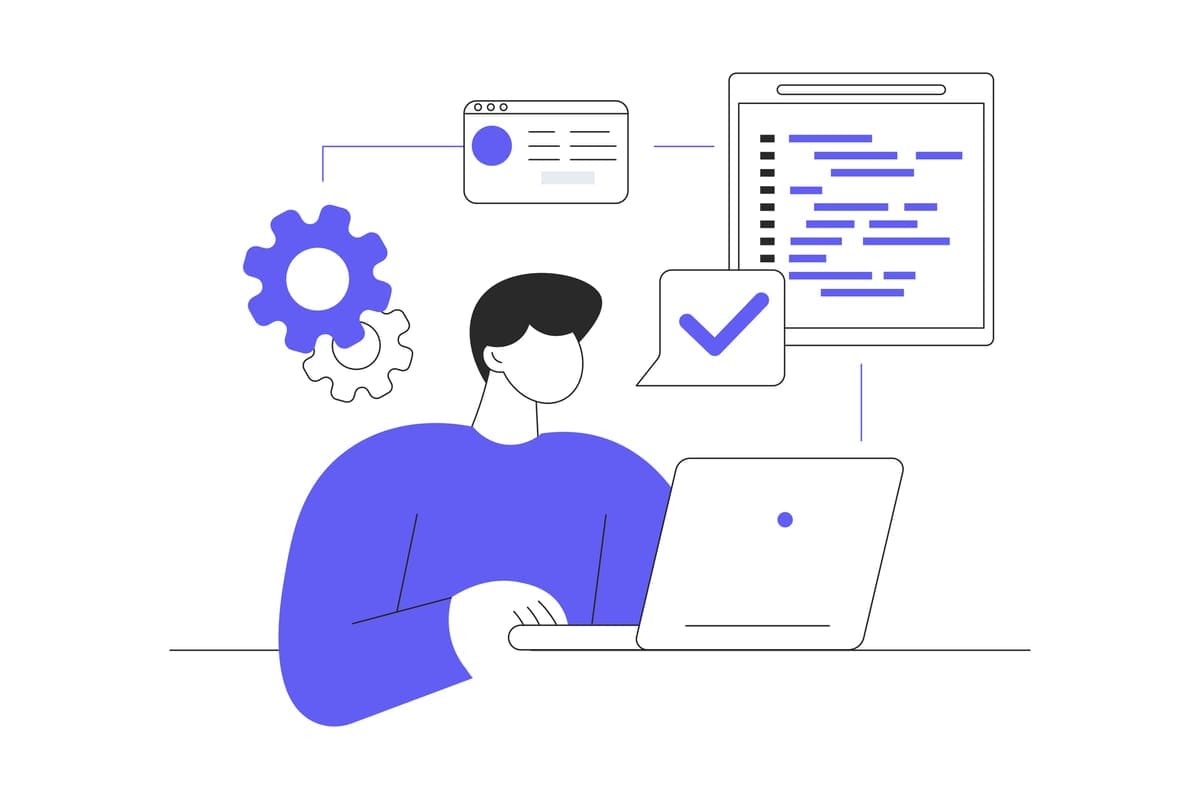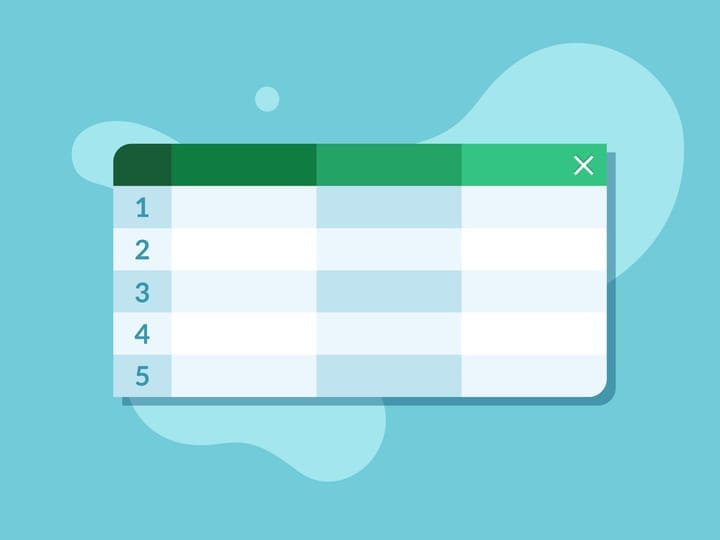A Buyer’s Guide to Asset Tracking Software: What to Look For
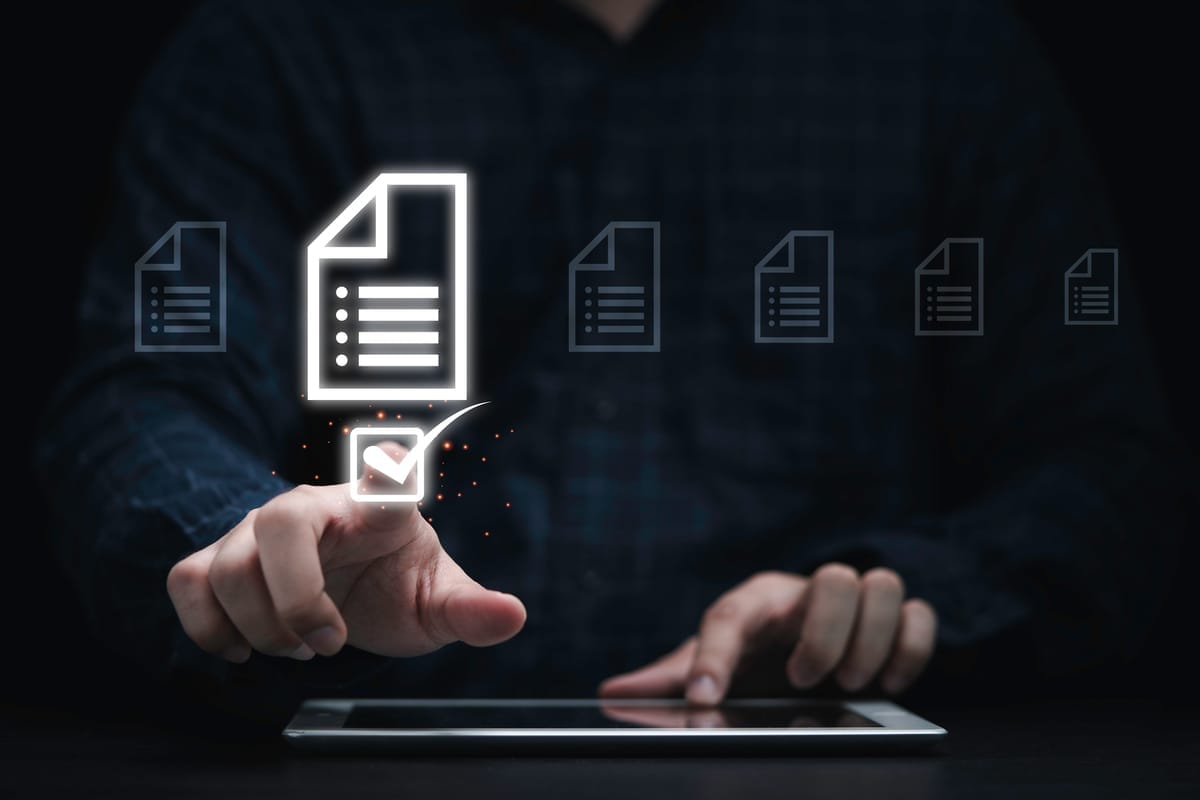
Keeping track of business assets manually—whether with pen and paper or Excel spreadsheets—leaves too much room for error. It’s easy to miscount items, skip something, or record the wrong number. Over time, these small errors can add up and cause bigger problems that affect daily operations.
That’s why more businesses are turning to asset tracking software. It records the location and quantity of tools, equipment, and inventory automatically. Whether it be barcode scanning or RFID, the right software can reduce errors and save time on keeping track of your important assets.
In this guide, we’ll look at the key features to consider when choosing the best asset tracking software for your business.
What is Asset Tracking Software?
Asset-tracking software refers to the tools that help you monitor physical assets across locations. Different types of tracking technologies are used depending on the business:
- Barcode Scanning: One of the most common methods for asset tracking. We see this in action at grocery stores–each scan updates inventory in real time.
- RFID (Radio Frequency Identification): Uses small tags that can be read remotely. Useful for tracking lots of items quickly, even without a direct line of sight.
- GPS Tracking: Often used for high-value assets, such as rental cars and office equipment that gets loaned out.
- QR Codes: Similar to barcodes, but they can hold more information. Often used for tracking items in more detail.
According to Market Research, the asset-tracking software industry is projected to double in value over the next eight years–It’s a reflection of just how important asset tracking is becoming across industries.
Industries That Rely on Asset Tracking Software
Asset tracking is used in more places than you might think. You see this every time someone scans a barcode. The tags at the store to prevent theft are a type of RFID tracking. Businesses across different industries utilize asset-tracking software to keep an eye on important equipment.
Healthcare
You see tracking software, including RFID technology, used every time you go to a healthcare facility. GPS locators are commonly used on specialized equipment because hospitals always need to know where equipment is in case they need it. Nurses scan patient wristbands before giving medication, which helps reduce errors and keeps medication records up to date. These systems also prevent loss or theft of medicine and supplies.
Rental Companies
Rental services, including those for cars, construction equipment, and electronics, often use GPS tracking to protect their valuable assets. For example, car rental companies track vehicles in real time to prevent theft. Equipment rental businesses also use similar tools to keep tabs on expensive items like bulldozers, generators, or laptops, that are loaned out to clients.
Supply Chain
Tracking software plays a key role in the supply chain as well. Manufacturers use GPS or RFID to monitor raw materials as they move between suppliers and warehouses. Delivery services rely on the same tools to let customers know where their product is in real time—like those package notifications that tell you when your order is out for delivery. It’s all made possible by asset tracking.

Benefits of Asset Tracking Software
Asset-tracking software offers clear, practical benefits for businesses of all sizes. Tailored solutions are available for small business owners, while other software can help large corporations keep track of bulk shipments.
Avoiding Stockouts
One of the most significant benefits of asset tracking is the ability to prevent stockouts. When you always know what’s in stock, you’re less likely to disappoint customers, both in-store and online. Loyal customers want to come into a business and know they can find their favorite products. Online shoppers don’t want to get an email saying they will get a refund instead of their product. Real-time asset tracking helps avoid these situations.
During busy sales periods or promotions, having an accurate view of inventory helps you meet demand and avoid missing out on sales. If you advertise a promotion but run out of stock to meet customer demand, it’s more than just lost revenue–you risk losing long-term customers.
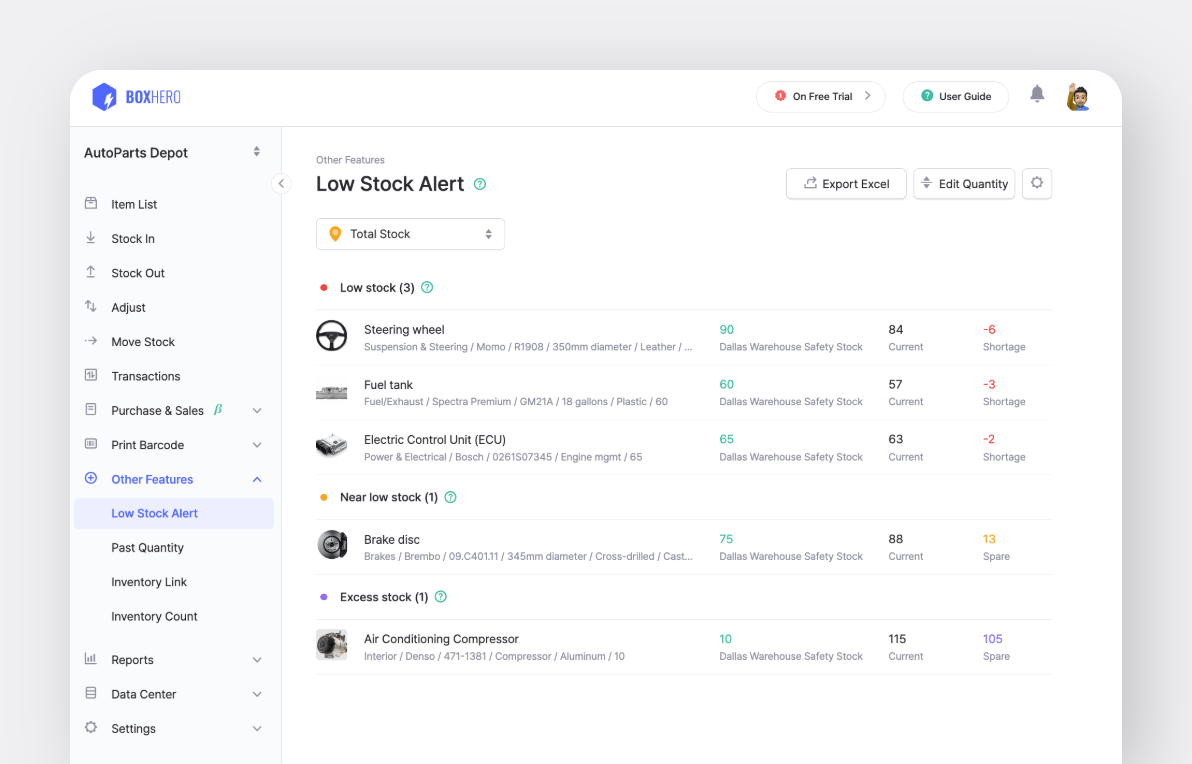
Inventory Accuracy
Tracking tools also reduce the risk of errors that happen with manual inventory counts. Every time an item is moved, sold, or restocked, your system updates automatically, so you always know what’s available.
This is especially helpful before a big sale or seasonal rush. Knowing what you have in the backroom or warehouse gives you reliable numbers you can act on–without losing money or frustrating customers.
Cost Savings
While asset tracking software has upfront costs, it often pays for itself by helping you avoid waste and unnecessary spending. Accurate inventory data from tracking software lets you spot theft or shrinkage early and take steps to address it. It also helps prevent over-ordering or letting perishable goods expire on the shelf.
Transparency
Lastly, clear visibility into your supply chain helps you answer customer questions quickly and set realistic expectations for delivery or restocks (which is something today’s buyers really appreciate).

Key Features to Look for in Asset Tracking Software
1. Real Time Tracking
Real-time tracking keeps you up to date on where your items are and how much stock you have at any given moment. Various tools, including barcode scanners, RFID tags, or QR codes can provide live data to make it easier to spot issues–like missing inventory–and act quickly before it gets worse.
It also helps you identify trends over time. For example, if certain items sell faster during specific seasons or events, you can plan ahead. These insights can help you decide whether to promote particular products or throw a few others into the backroom. Analyzing data from real-time data is an excellent way to maximize profits.
2. Reporting Tools
Always make sure the product you choose makes it easy to analyze inventory. It helps you generate summaries, and spot trends, and understand what the data means. Some software comes with customized reporting features, which is especially helpful for forecasting demand, restocking in time, and reducing over-ordering.
As management expert Peter Drucker says, “You can’t improve what you don’t measure.”
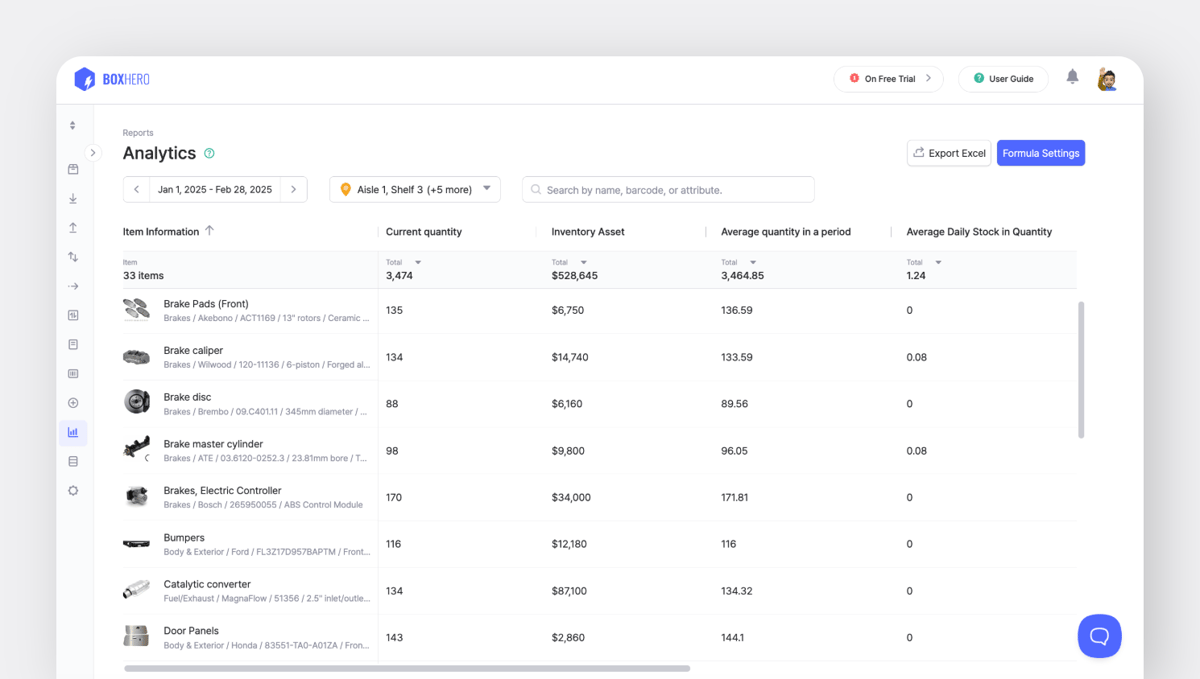
3. User Friendly
The software you choose should match your team’s technical capabilities. You don’t want to wind up with software that is too complicated–mistakes can happen, and inventory data will be unreliable.
Make sure it’s intuitive and accessible to different team members, and ask for a product demo, if possible, so you can test it out before committing.
4. Accessibility
Many modern tools offer mobile and cloud-based access, so you can check your inventory on the go. Mobile features make it easy to access information from your phone or tablet while you’re away from the office.
With cloud-based flexibility, you and your team can work from multiple locations and stay in sync at all times.
5. Buying Options
Most tracking software is available either as a one-time purchase or as a subscription.
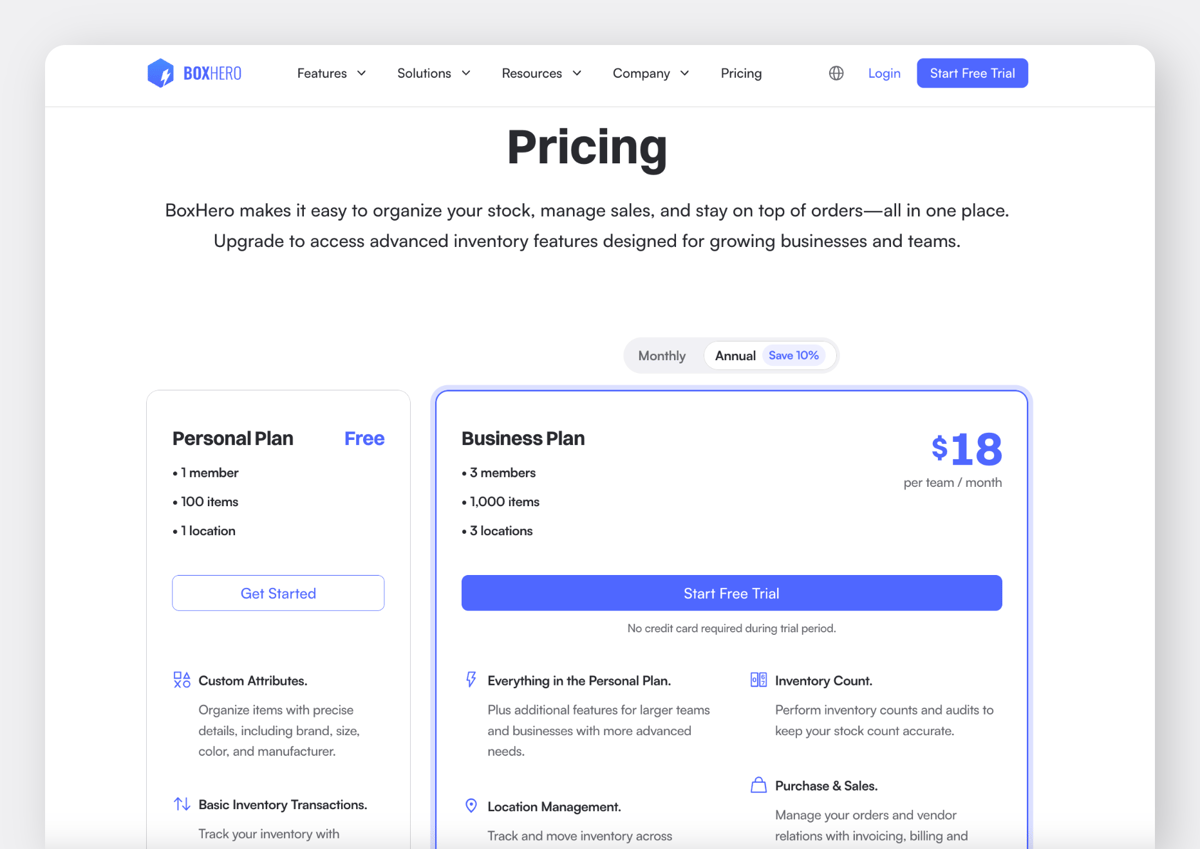
- One-time purchases can ultimately save you money in the long term, but only if you’re sure the software fits your needs. Be sure to check if customer support is still available after purchase (so you don’t wind up with buyer’s remorse).
- Subscriptions usually cost less upfront and offer flexibility. This option is great for those who want to try out software before committing. Some software don’t offer subscription plans, but they may still let you try a demo so you can test it first.
Choosing the Best Asset Tracking Software
Rhonda Abrams of USA Today said it best: “Inventory is just money sitting around in another form.”
That’s a helpful way to look at it. Just like you wouldn’t leave stacks of cash unaccounted for, you shouldn’t treat inventory any differently. Choosing the right tracking system helps protect that investment.

Every business is different, so your tracking system should match your specific needs. Before you start comparing tools, consider a few basics:
- What’s your budget?
- How much technical experience do you or your team have?
- Do you need access from multiple devices or locations?
Barcode Scanning vs. RFID: What’s the Difference?
Both barcode and RFID tracking are widely used, but they work in different ways. And the best fit depends on how your business runs.
▶︎ Barcode Scanning
Barcode systems are a go-to choice for many small businesses. They’re affordable, easy to implement, and simple for employees to use. Plus, most systems can be integrated with existing inventory tools you might already have.
However, there are a few downsides to consider:
• Inventory checks can be time-consuming, especially if you have many small items.
• Barcodes can wear or become unreadable over time (wear and tear).
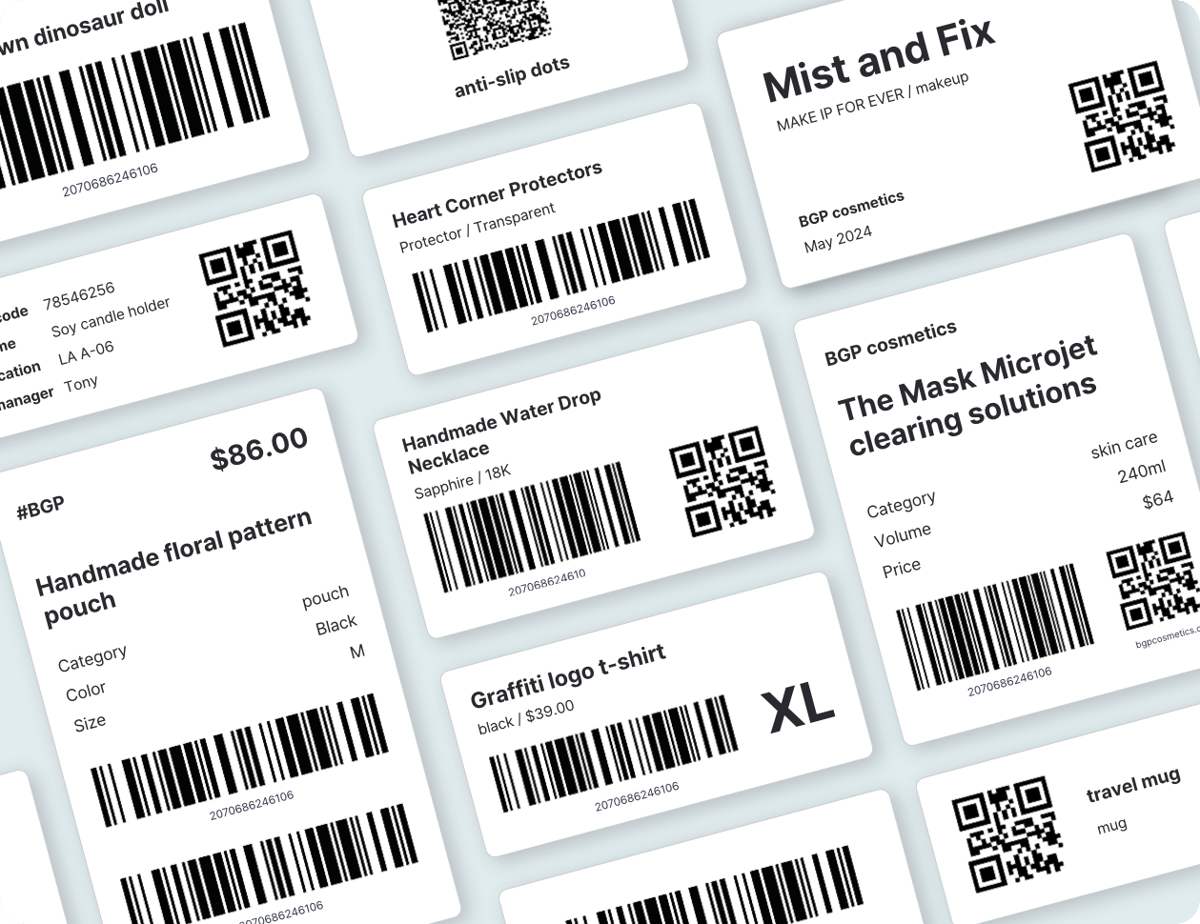
▶︎ RFID Tracking
RFID (Radio Frequency Identification) allows you to track bulk inventory without needing direct line-of-sight. The RFID tag doesn’t have to be directly next to a barcode scanner–even from a distance, you can scan multiple items at once. This speeds up inventory counts for items on high shelves and in hard-to-reach areas. Plus, the tags are also more durable than barcodes.
However, RFID tracking does have its disadvantages compared to barcode tracking:
• The tags are more durable, but can be affected by environmental factors (e.g., moisture) or certain materials.
• It’s a powerful tool, but may be more than what a small business needs.
Barcode vs. RFID: Choosing the Right One
Take the time to consider what your business needs before purchasing asset-tracking software.
Small businesses with limited inventory often benefit from barcode scanning. This includes retailers looking for a low-cost solution with basic tracking needs.
RFID is worth considering if you manage large amounts of inventory. It’s also convenient for anyone with inventory in hard-to-reach places, such as large warehouses with shelves to the ceiling. RFID is ideal for anyone with a larger budget and larger quantities.

The Right Asset Tracking Solution Makes All the Difference
The right asset-tracking software helps you stay in control. Real-time visibility ensures you always know what you have in stock and what you need to order, while reporting tools and data analytics can help you spot trends and make accurate forecasts.
Look for features that match your business size and operations and make sure the system is easy to use, accessible to your team, and flexible enough to grow with your business.
Most importantly, take the time to evaluate your business needs before choosing a solution. Barcode scanning for a retail shop? RFID tracking for a high-volume warehouse? Asset tracking isn’t a one-size-fits-all, and the best software is the one that simplifies your day—instead of adding another thing on your to-do list.
Want to see how BoxHero can work for your business? Contact us for a free demo, and we’ll walk you through how our system helps teams track valuable inventory in real time.
RELATED POSTS

